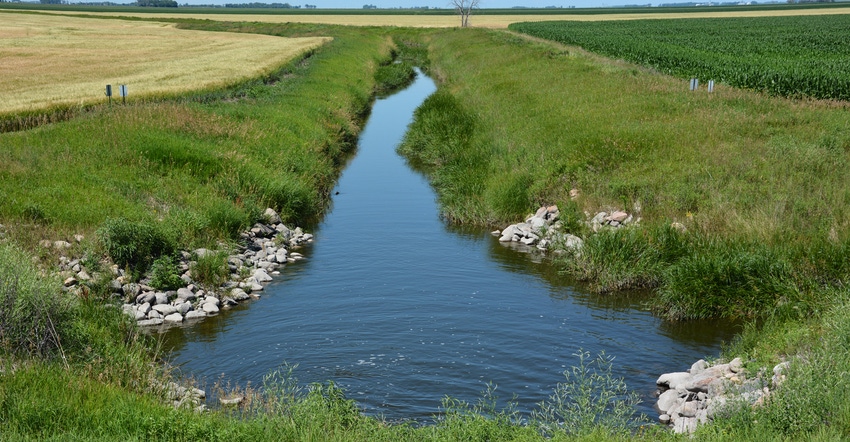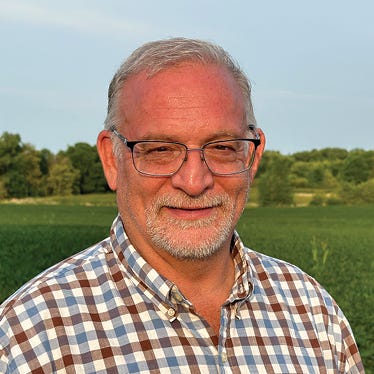August 25, 2021

A tremendous amount of conservation work is done by farmers and landowners working on their own, investing their own time and money. The next-largest category of conservation activity includes work done by landowners and farmers in partnership with their local Soil and Water Conservation District.
All of Minnesota is covered by a local SWCD, mostly as county-based entities. SWCDs are funded by counties and receive project funding primarily from the Natural Resource Conservation Service (NRCS) at the federal level, and the Board of Water and Soil Resources (BWSR) at the state level. Passage of the Clean Water, Land and Legacy Amendment in 2008 has provided millions of dollars, resulting in even more conservation activity.
SWCDs vary, but most are eager to help
Not all SWCDs are the same. The same is true of farmers and landowners. I know full well that sometimes relationships can sour, usually as a result of the quasi-regulatory roles SWCDs have been tasked with, such as those regarding wetlands or buffers. Fortunately, the vast majority of SWCD personnel are eager to help, and many landowners have taken advantage of cost-share programs to improve their land, improve habitat and protect water resources.
If you have a resource concern on your farm beyond what you might address on your own, your local SWCD is a good place to start. A wide range of programs are available to address drainage, feedlots, erosion and other issues. SWCDs can be especially helpful for projects that need to involve multiple landowners, such as drainage system fixes.
Often controversial and requiring the cooperation of many landowners, repairs needed to maintain the ability to manage excess water increasingly require offsets, such as small wetlands for temporary water storage. SWCDs can help with design and funding of such projects.
To start, ask open-ended question
The list of programs is so long and sometimes overwhelming that I suggest landowners start with a simple question of their local SWCD: “How can you help me?” This should start a conservation about programs available to address your concerns and sources of funds, including cost-share requirements and technical needs.
If you would like to see what SWCDs and farmers in your region are doing to advance conservation, check out Clean Water Fund Stories | MN Board of Water, Soil Resources (state.mn.us) for ideas and examples. You will quickly see that needs vary by region and farming system, so there is no single program or solution. That’s why I recommend an open-ended question, inviting your local conservation personnel to explain and sell their programs.
Maybe your project will be the subject of a future Clean Water Fund story!
Formo is executive director of the Minnesota Agricultural Water Resource Center.
About the Author(s)
You May Also Like






